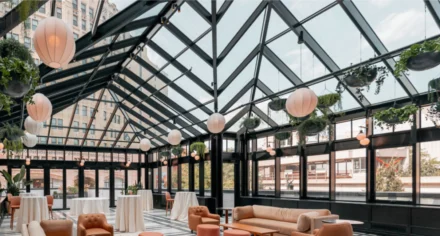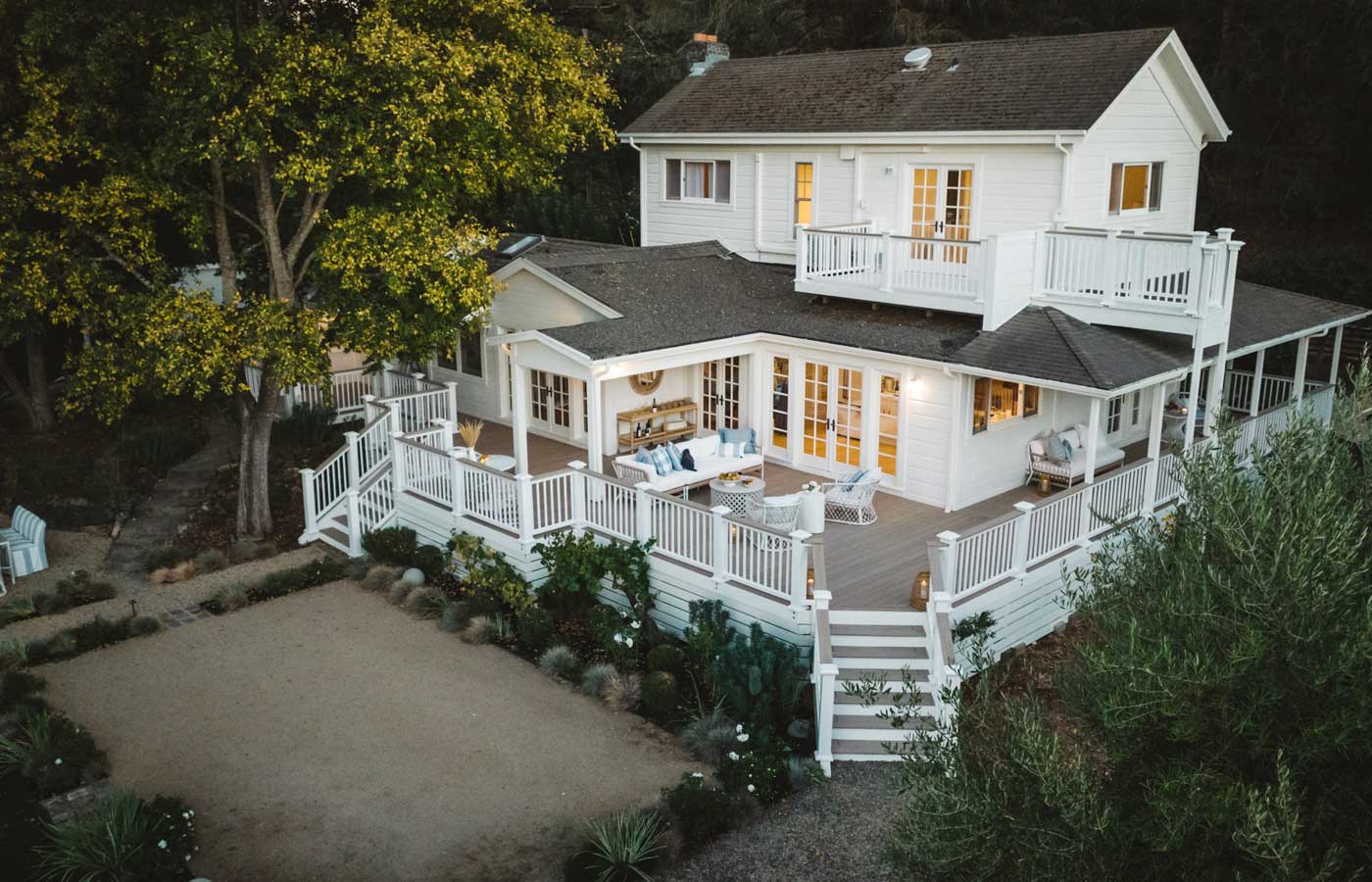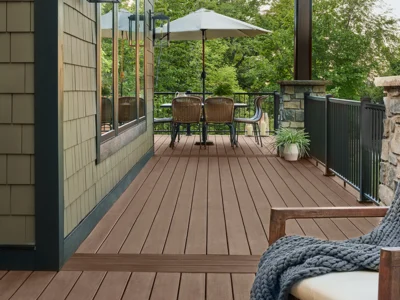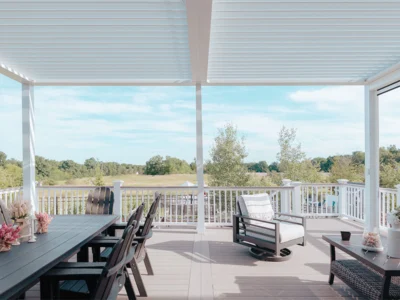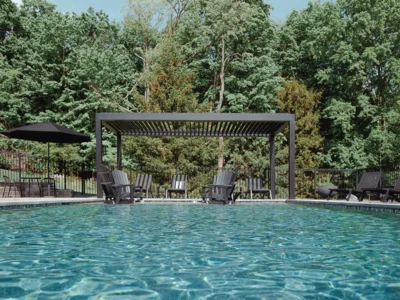The Anatomy of a Deck: Understanding the Components and Their Functions
When it comes to creating a beautiful and functional outdoor living space, understanding the anatomy of a deck is crucial. Whether you’re a DIY enthusiast planning to build your own deck or a homeowner looking to better understand the structure that supports your outdoor oasis, this guide will provide a comprehensive look at the parts and pieces that make up a deck.
Parts of a Deck

There are 12 distinct components of a deck that form its substructure and surface. Each part plays a crucial role in ensuring the deck’s stability and overall design. Understanding how these elements interact is essential before embarking on a deck-building project.
Substructure
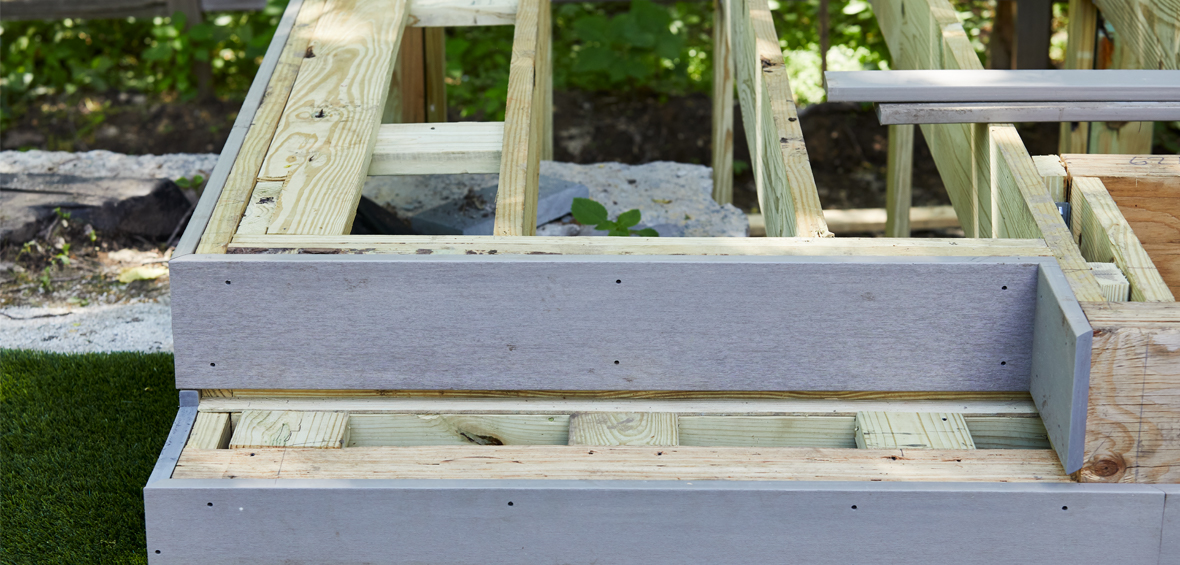
The substructure of a deck is the underlying framework that supports the entire deck surface. It includes critical components like footings, posts, beams, and joists, which work together to bear the load and provide stability. Constructed from durable materials such as treated wood or steel, the substructure ensures the deck remains strong and secure, forming the foundation for a safe and long-lasting outdoor space.
1. Footings
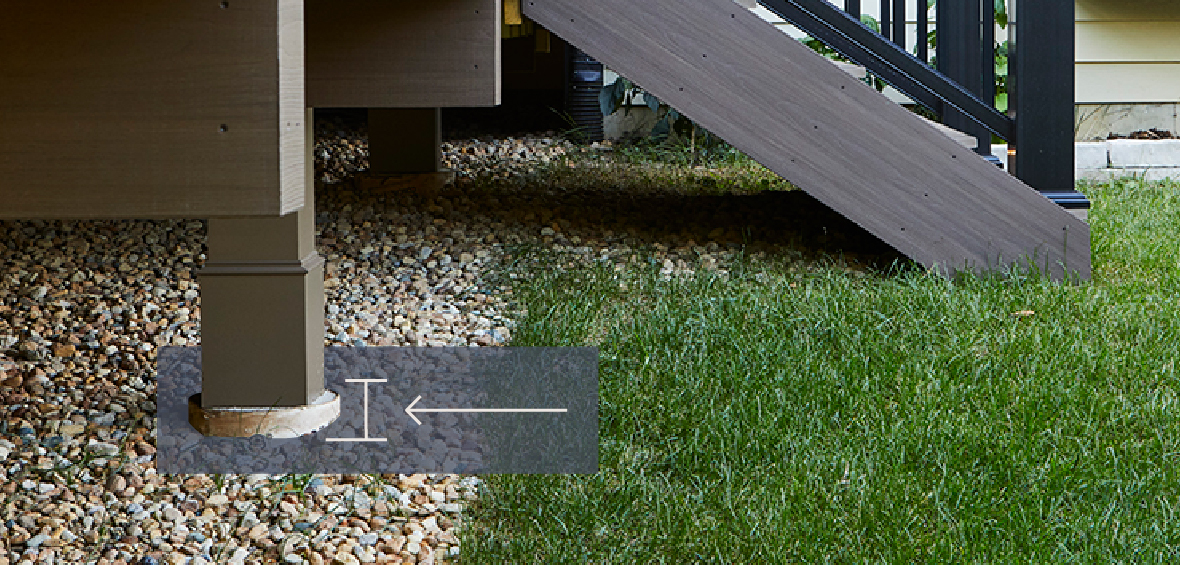
Footings are the concrete bases that support the deck’s posts. They are typically poured into holes that are dug below the frost line to prevent movement during freeze-thaw cycles. Footings distribute the weight of the deck and prevent it from sinking into the ground.
2. Support Posts
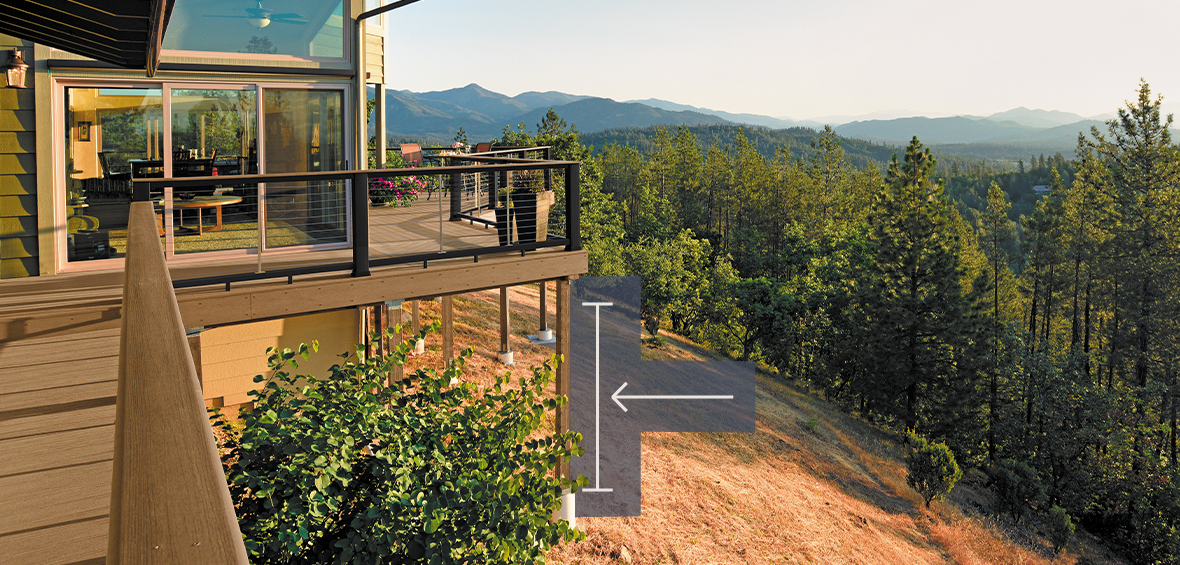
Posts are vertical supports that connect the deck to the footings. They can be made from treated wood, steel, or composite materials. The posts bear the load of the deck and transfer it to the footings.
3. Beams
Beams are horizontal supports that run perpendicular to the joists and support the deck’s weight. They are typically made from treated wood or steel and are attached to the posts.
4. Bridging

Bridging, also known as blocking, involves short pieces of lumber placed between joists to enhance stability and prevent twisting. These supports distribute weight evenly, maintaining the deck’s structural integrity and ensuring a longer-lasting, safer deck.
5. Joists
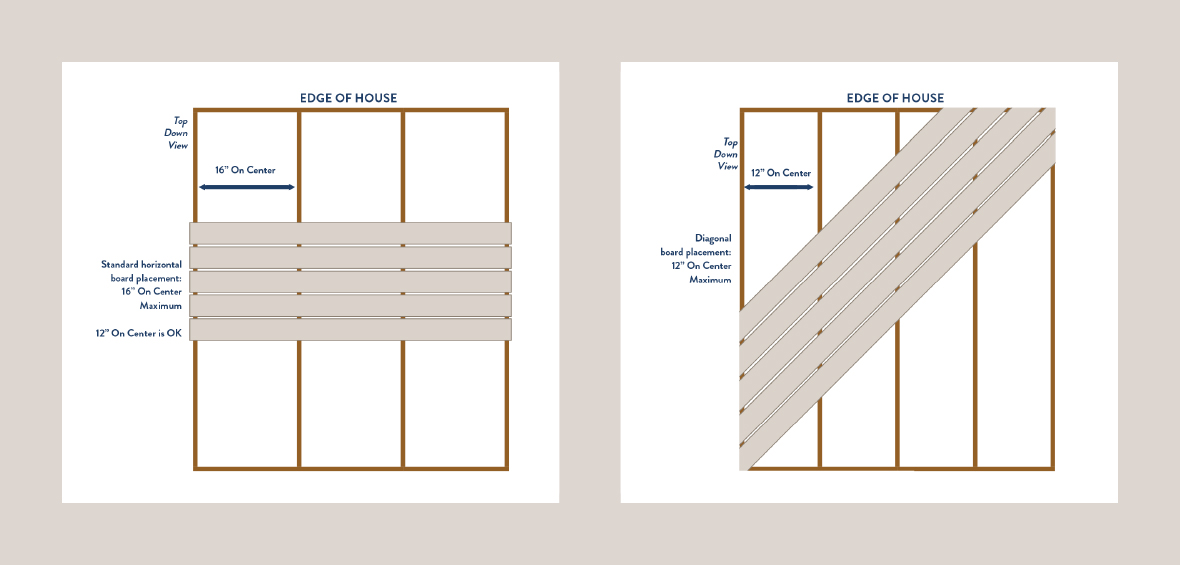
Joists are horizontal framing members that support the decking boards. They run parallel to each other and are attached to the beams. The spacing of joists is critical for the strength and stability of the deck.
6. Hardware
Deck hardware encompasses the various metal components used in construction, including screws, bolts, brackets, and connectors. These elements are crucial for securely fastening the deck’s parts together, ensuring stability and durability. High-quality hardware resists corrosion and wear, contributing to the deck’s longevity and overall safety.
7. Ledger
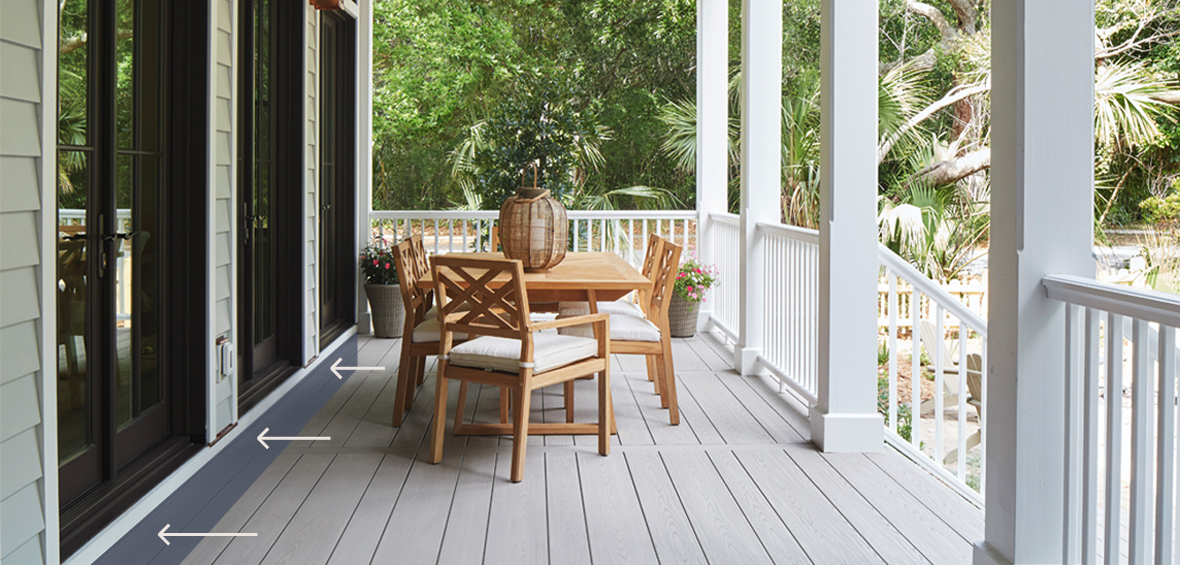
The deck ledger is a critical component that attaches the deck to the house. It is a horizontal board, usually made of treated lumber, that anchors the deck to the structure of the building. Properly installed, the ledger ensures a secure connection and provides essential support, preventing the deck from pulling away from the house. Its installation requires precise fastening and waterproofing to maintain the deck’s stability and protect against water damage.
8. Flashing
Flashing is a crucial waterproofing material installed between the deck ledger and the house. Typically made of metal or plastic, flashing prevents water from seeping into the connection point, protecting both the deck and the house from moisture damage and rot. Proper installation of flashing ensures a longer-lasting, more durable deck by safeguarding against water infiltration.
Surface
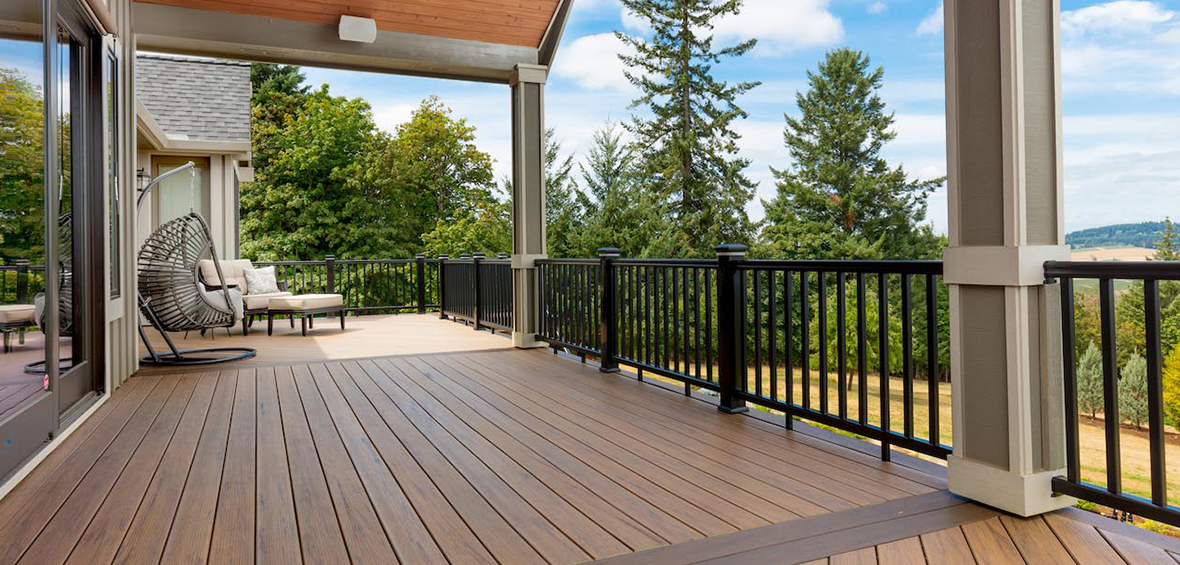
The deck surface encompasses everything visible on the deck, including the deck boards, stairs, and railing. It forms the top layer of the deck structure and provides the walking and seating area for outdoor activities. Comprising various materials such as wood, composite, or PVC, the deck surface is both functional and aesthetically pleasing. Proper installation and maintenance of the surface components are crucial for ensuring the deck’s durability and visual appeal over time.
9. Decking

Deck boards are the visible surface of the deck where you walk and place furniture. They can be made from various materials, including natural wood, composite, or PVC. Proper installation of deck boards ensures a smooth, level surface.
10. Railing Posts
Railing posts are the vertical supports that anchor the railing system to the deck. They provide stability and structural integrity for the entire railing, ensuring safety and durability. Properly installed railing posts are essential for a secure and stable deck railing, preventing wobbling and maintaining the overall strength of the deck’s edge.
11. Railing

Railings are the horizontal and vertical components that run along the edges of the deck, providing safety and aesthetic appeal. They consist of handrails, balusters, and railing posts, working together to prevent falls and define the deck’s perimeter. Railings can be made from various materials, including wood, metal, and composite, and come in various designs to complement the deck’s style.
12. Stairs

Stairs provide essential access to the deck from the ground or different levels. They consist of stringers (the angled supports), treads (the steps), and risers (the vertical pieces between steps). Well-constructed stairs ensure safe and easy movement on and off the deck, integrating seamlessly with the deck’s design and structure.
Additional Features
Skirting
Skirting is the material that covers the space between the deck and the ground. It can be made from wood, lattice, or composite materials and adds a finished look while preventing animals from getting under the deck.
Lighting
Deck lighting enhances the usability and safety of the deck during the evening. It can be integrated into the stairs, railings, or installed as post cap lights.
Decorative Elements
Adding decorative elements like built-in benches, planters, or pergolas can personalize the deck and create a more inviting outdoor space.
Conclusion
Understanding the anatomy of a deck is essential for both building and maintaining a safe, attractive outdoor living space. Each component plays a critical role in the deck’s overall structure and functionality. By familiarizing yourself with these parts, you can ensure your deck is built to last and designed to meet your needs.
Whether you’re constructing a new deck or enhancing an existing one, this knowledge will help you make informed decisions and create a space that you and your family can enjoy for years to come.
*The images from this blog post were provided by TimberTech.
Meet Skyview Detroit
Live out your vision. Your dreams. Your next stage. Skyview Detroit is ready to make it possible. We are your single source for premium outdoor living solutions in Southeast Michigan, specializing in StruXure louvered pergolas, TimberTech Decks, and MagnaTrack motorized screens for residential and commercial projects. But we are more than our solutions. All of our work is built on a more human approach, the guarantee of precision, and the spirit of innovation.
We take pride in using trusted solutions to complete projects across our state. Valued industry partnerships include StruXure, MagnaTrack Screens, TimberTech, Solar Innovations, Lumon, and Unilock. When you choose Skyview Detroit, you are choosing a proven product — matched only by a premium customer experience.
